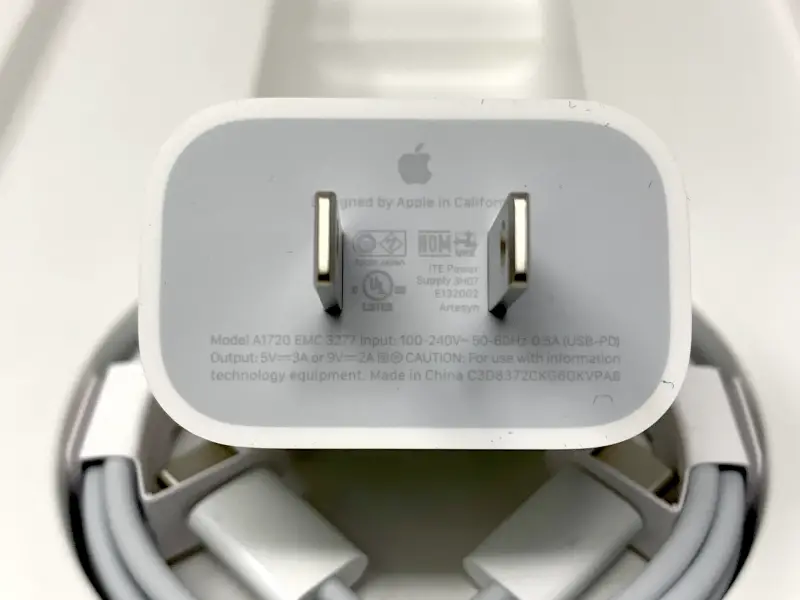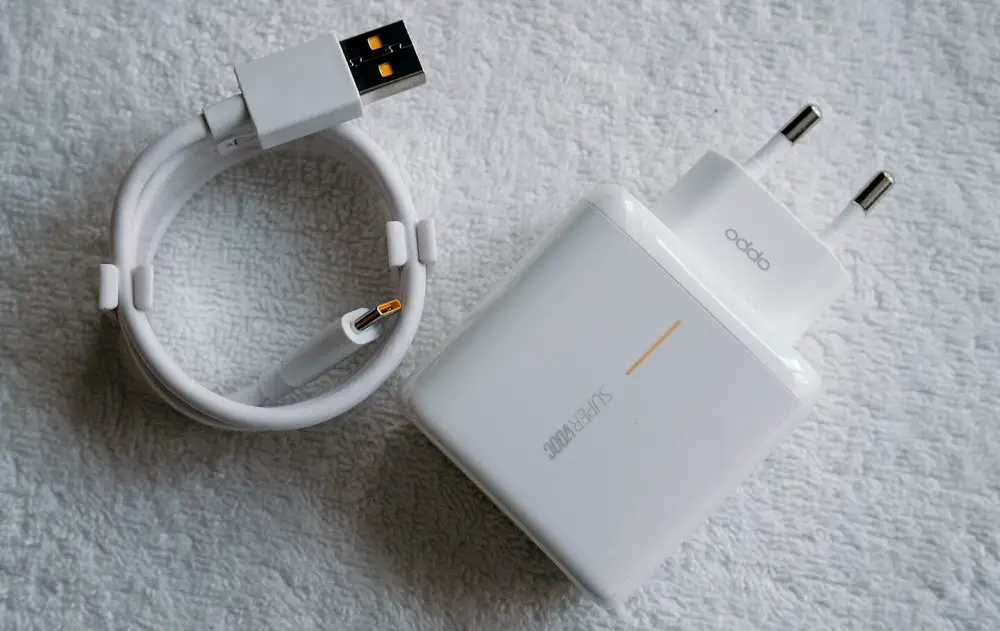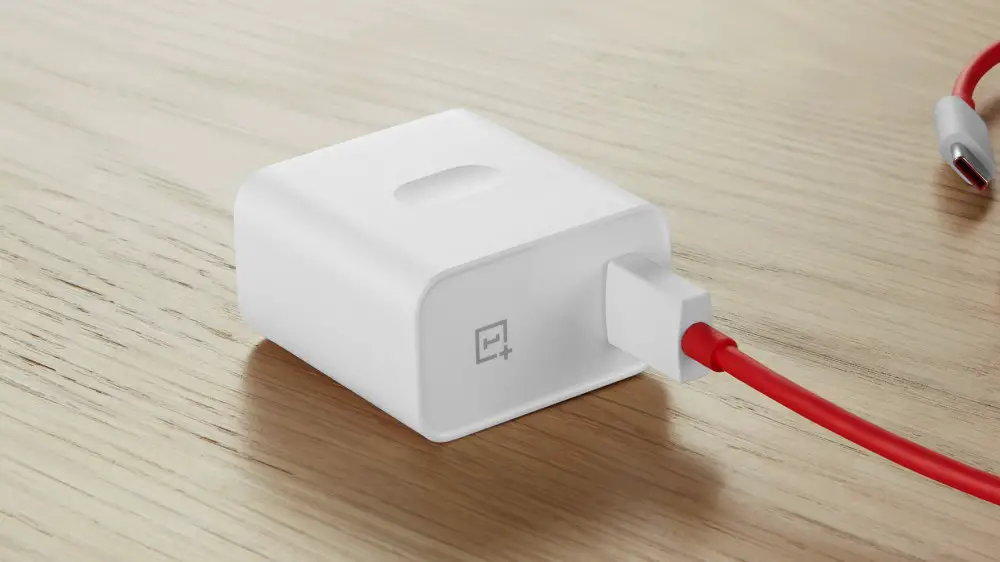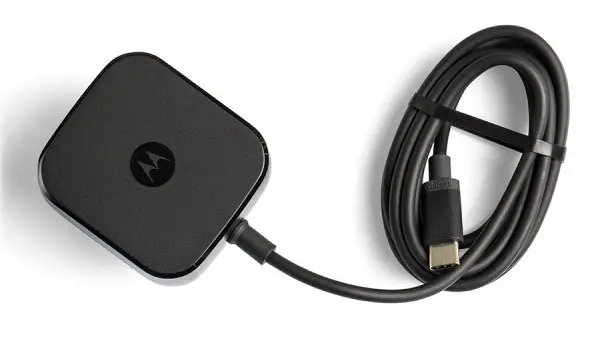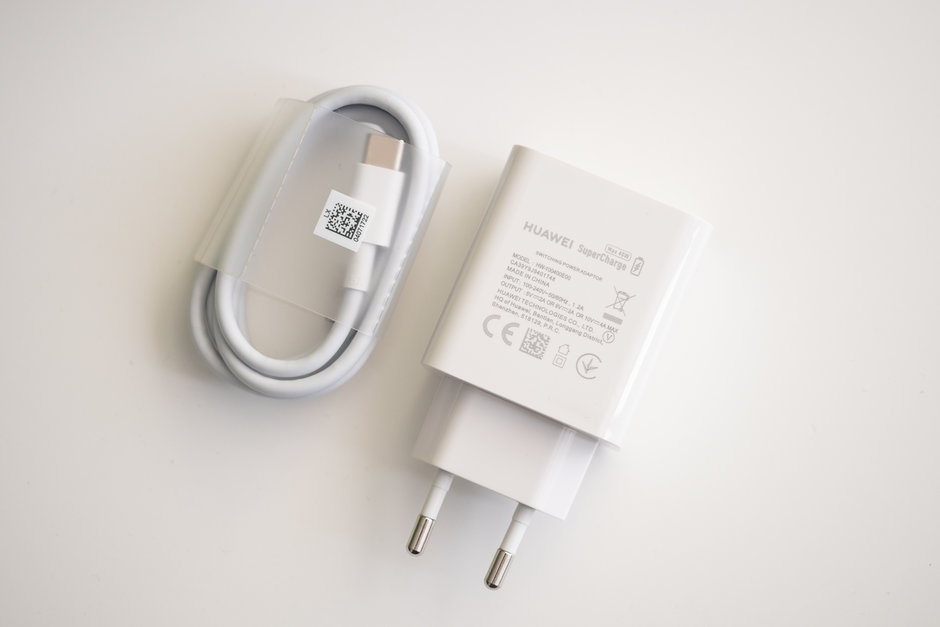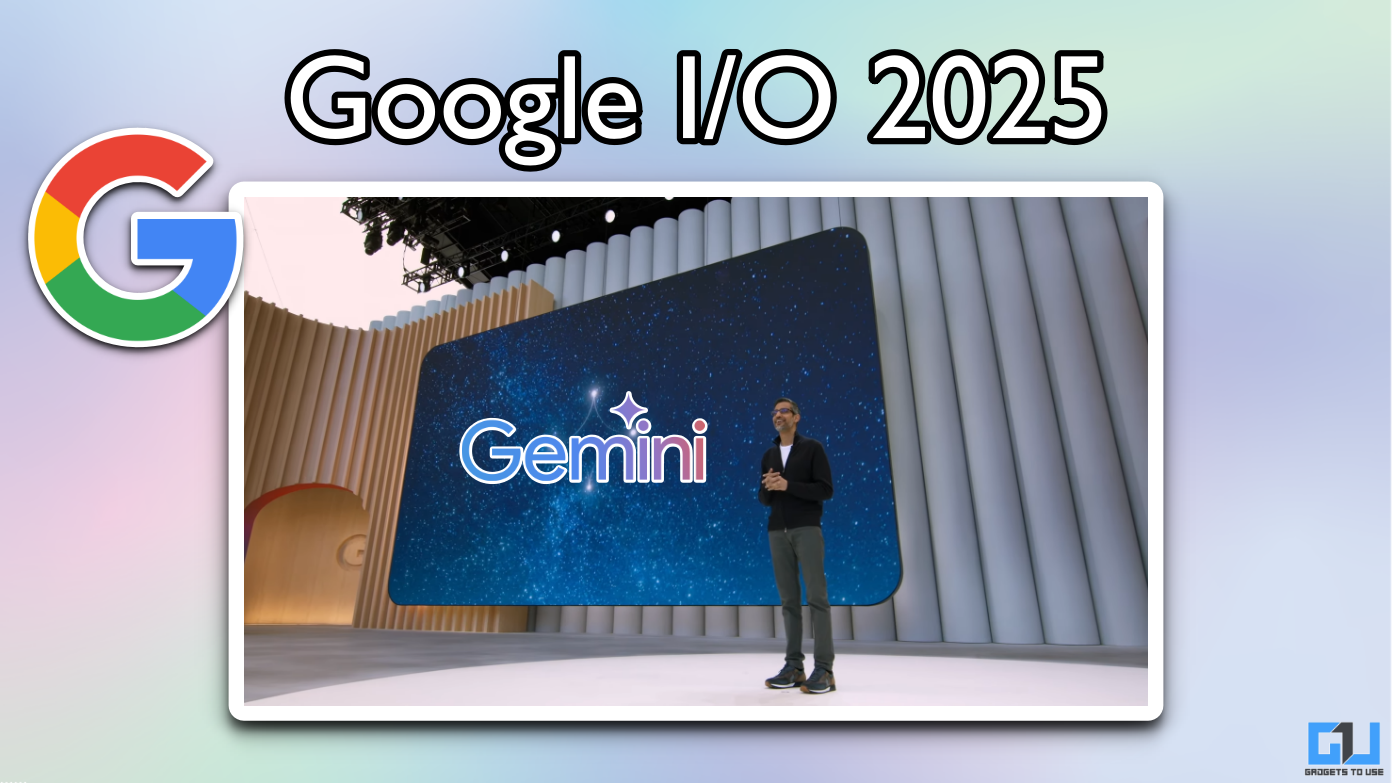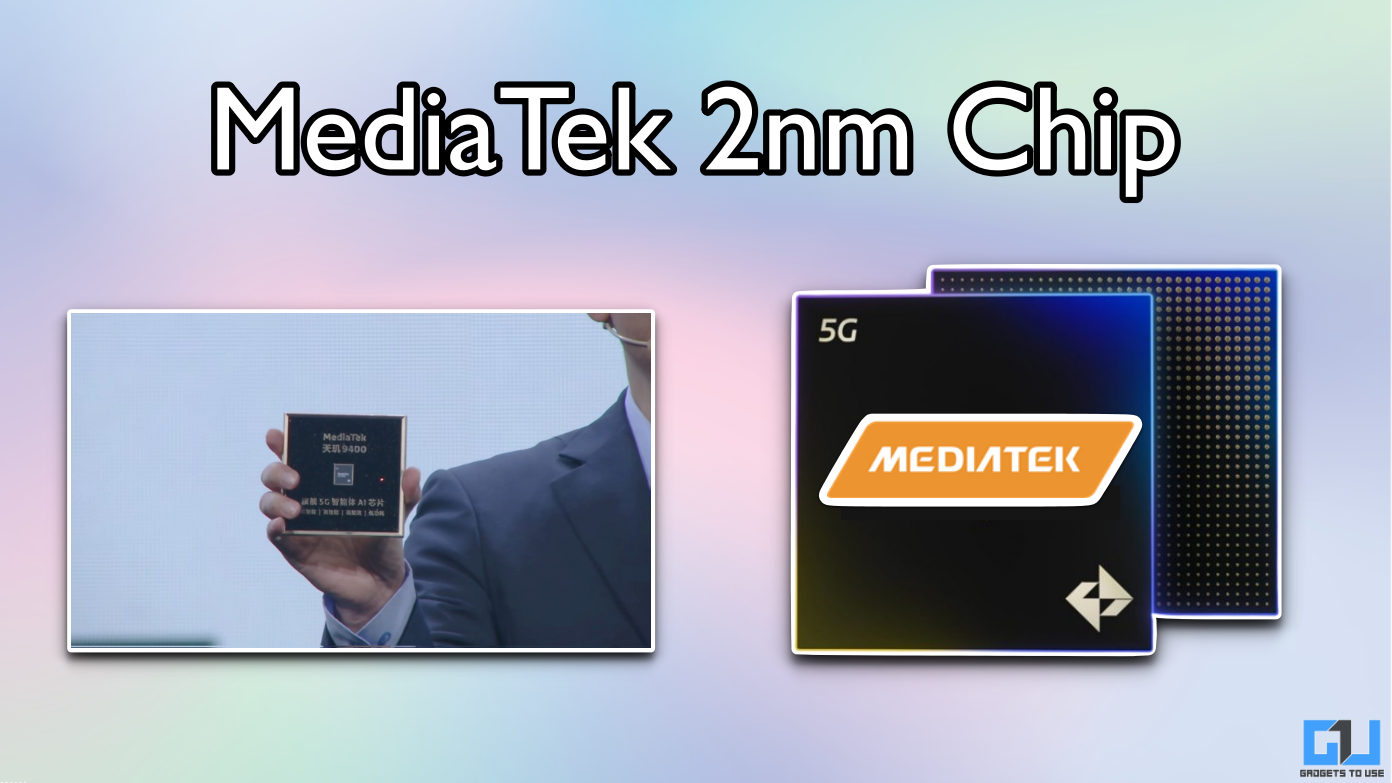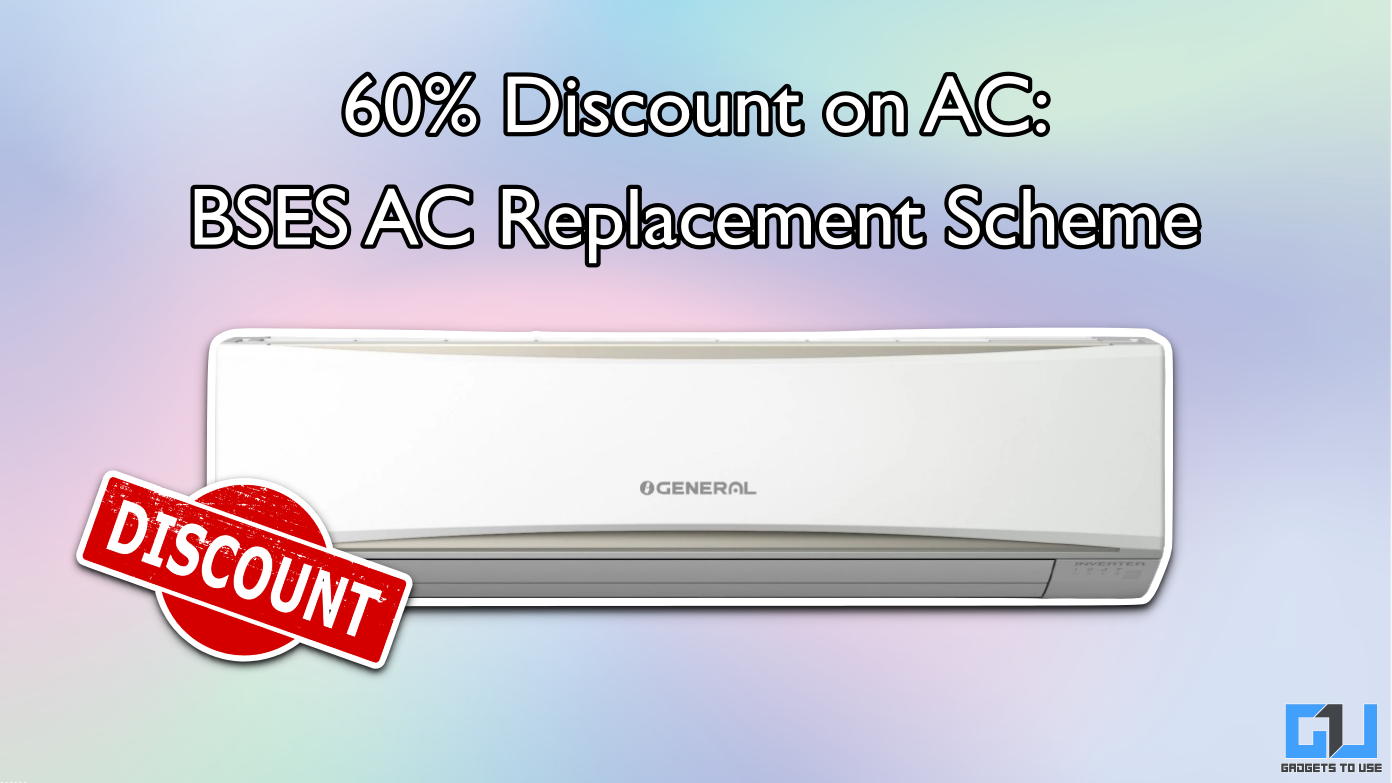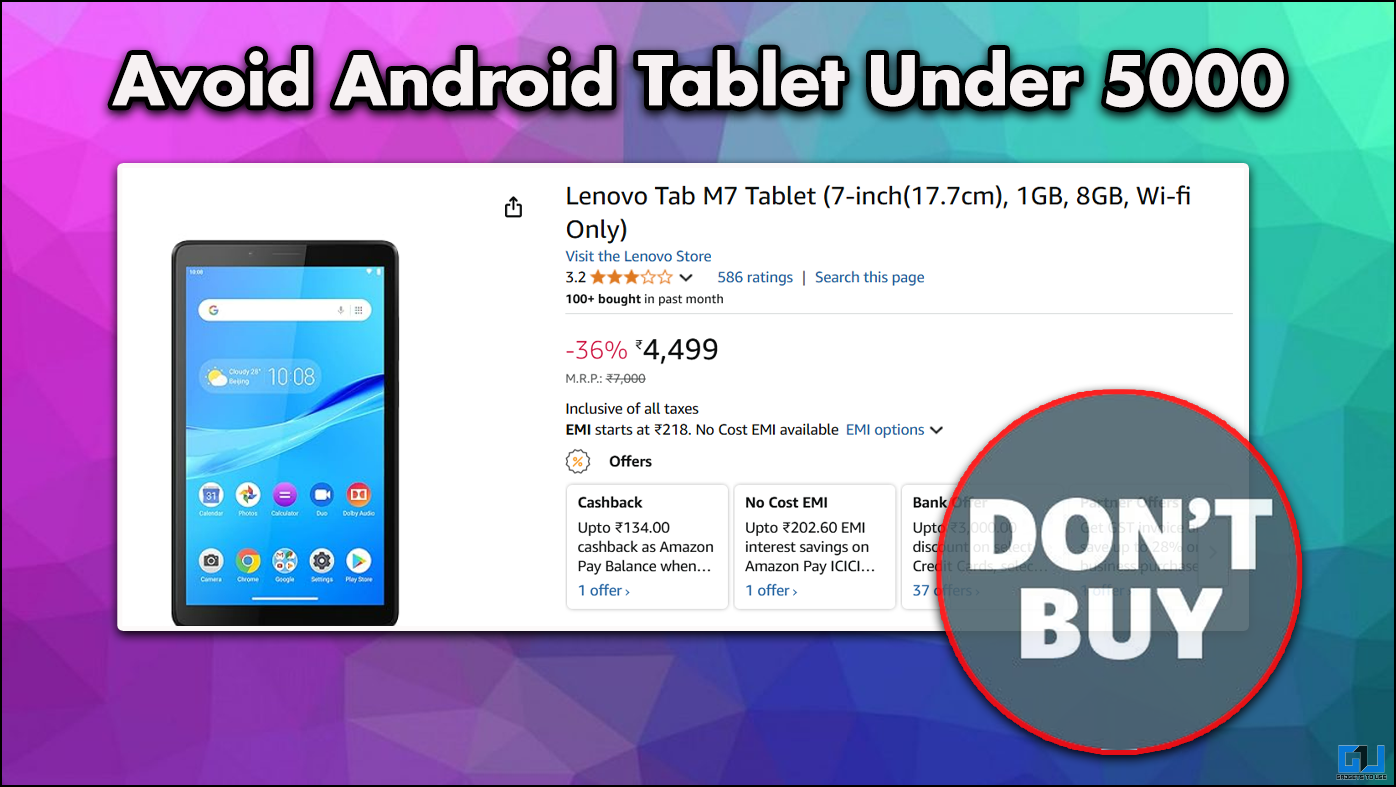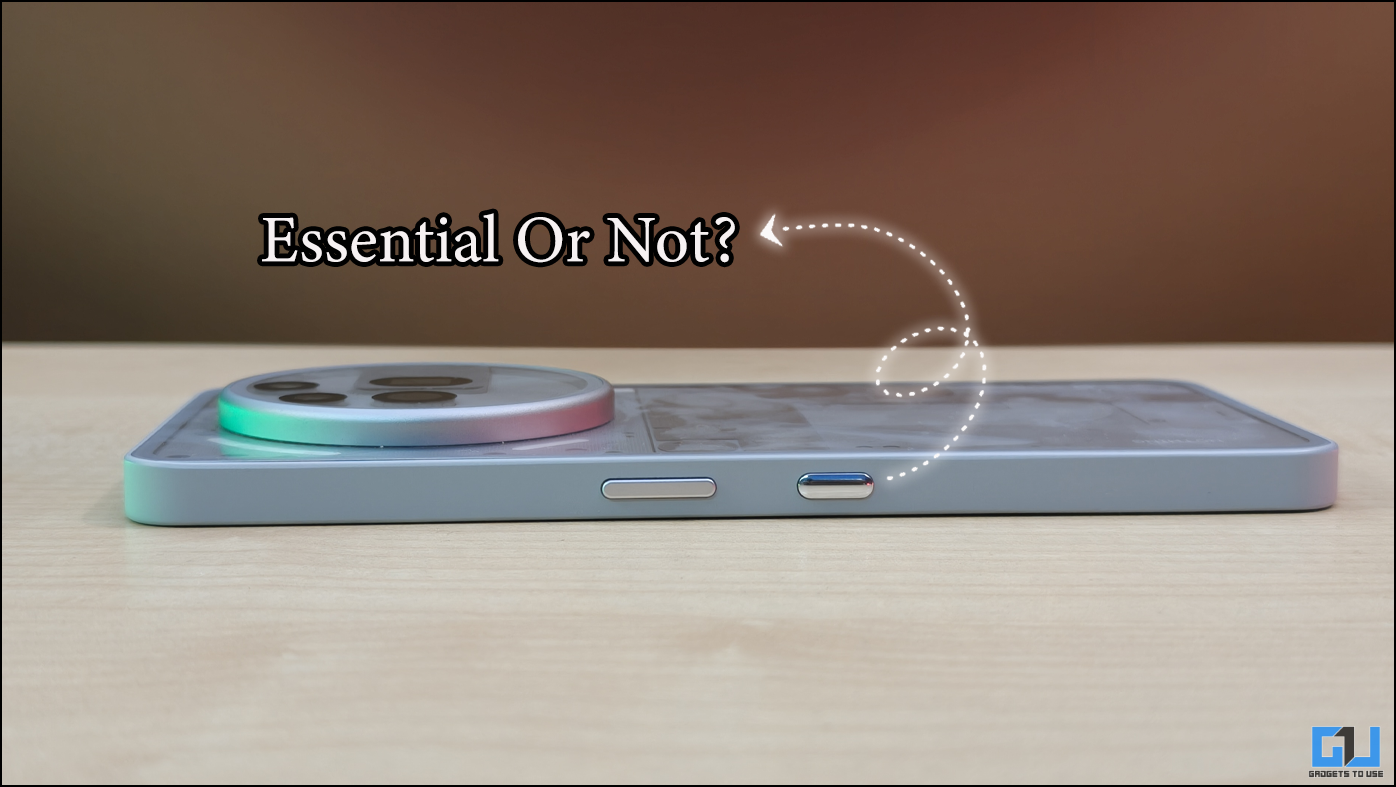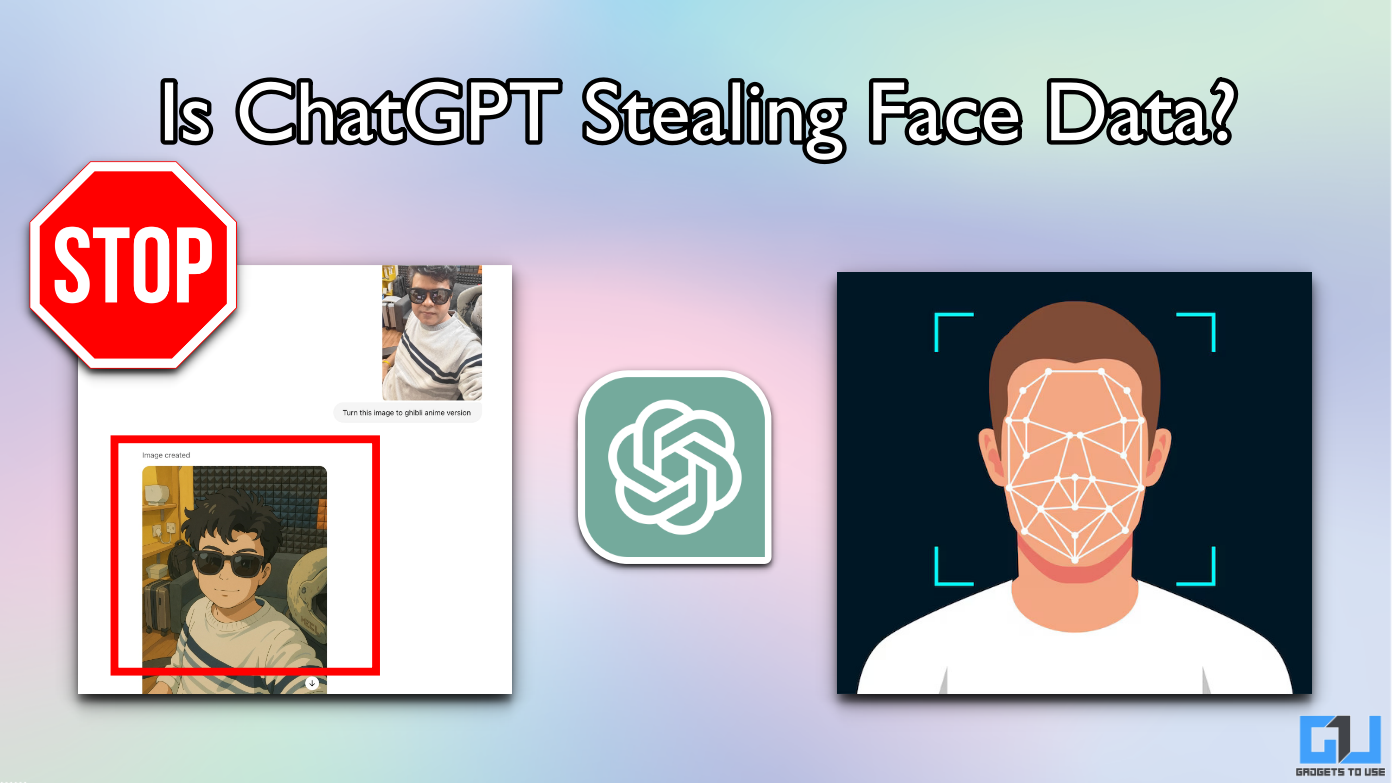Quick Answer
- Similarly, if you have an iPhone 8 or newer model, it can be charged at up to 50% in around 30 minutes with a PD charger.
- So, if your device doesn’t have Quick Charge but employs Power Delivery, you can still use a Quick Charge-enabled charger to speed up charging.
- As a result, there’s a huge variation in chargers and phones they support.
Smartphone batteries haven’t evolved much in the past few years. Hence, the charging speeds have always been a prime focus for manufacturers to compensate for the limited battery capacity on phones.
Now, different companies use different charging technologies on their devices. As a result, there’s a huge variation in chargers and phones they support. Here, let’s have a quick look at different types of fast charging technologies in the market.
Related | Opinion: How Smartphone Brands Are Minting Money By Removing Charger from the Box
What is Fast Charging?
For starters, fast charging is a term used for chargers and devices that are capable of charging faster than regular USB speeds (5W). It is usually done by dynamically increasing the current supply or voltage flow to the battery.
While fast charging helps the phone juice up faster, it also has a disadvantage. The increased power supply generates heat, which tends to degrade the battery in the long run.
Types of Fast Charging Technologies
Earlier, the companies used to rely on the charging technology offered by the chipset maker. However, several brands have now started implementing their own proprietary charging standards.
Qualcomm QuickCharge
Qualcomm processors are used by almost all major smartphone companies across the globe. This makes QuickCharge one of the most common types of fast charging technology for phones powered by Snapdragon SoCs.
The recently launched QuickCharge 3+ supports Snapdragon 765-series chipsets aimed at upper mid-range phones. Whereas, the advanced QuickCharge 4+, which is also compatible with Power Delivery, is reserved for flagship devices. The QuickCharge 3.0 can usually be found on some older flagships.
The newer QuickCharge versions are also backward compatible with older standards. So, chargers based on the new standard can still fast-charge older devices. That said, having a Snapdragon chip doesn’t guarantee that the phone will support Quick Charge.
| Max Voltage | Max Current | Max Power | |
| QuickCharge 1.0 | 5V | 2A | 10W |
| QuickCharge 2.0 | 5V or 9V or 12V | 1.67 or 2A | 18W |
| QuickCharge 3.0 | 3.6-20V dynamic | 2.5 or 4.6A | 18W |
| QuickCharge 4.0+ | 3.6-20V dynamic | 2.5 or 4.6A | 100W |
| QC 4.0+ (USB-PD) | 5V or 9V | 3A | 27W |
Charging Speed: Up to 50% in 15 minutes (QC 4+)
Supported Phones: Xiaomi Mi 9, Mi 8-series, LG V40, Redmi Note 9 Pro, Redmi K20-series, Samsung Galaxy A70, Galaxy A80, Poco F1, and more. Check this list to see if your phone supports QuickCharge technology.
USB Power Delivery (USB PD)
USB Power Delivery is a universal fast charging standard that works across USB Type-C to Type-C ports. One can charge not only smartphones but also other accessories and devices, including compatible laptops. It employs data protocol to communicate between the charger and device to ensure the flow of required power.
Interestingly, the Qualcomm Quick Charge 4+ also supports USB PD. So, if your device doesn’t have Quick Charge but employs Power Delivery, you can still use a Quick Charge-enabled charger to speed up charging.
Google’s Pixel series uses USB Power Delivery as the primary charging technology, with the bundled charger supporting 15W. Similarly, if you have an iPhone 8 or newer model, it can be charged at up to 50% in around 30 minutes with a PD charger.
Charging Speed: Varies across devices
Supported Phones: Google Pixel 2, Pixel 3, Pixel 4-series, iPhone 8, 8 Plus, iPhone X, XR, XS, iPhone 11-lineup, Samsung Galaxy S20, Galaxy Note 10, etc.
MediaTek Pump Express
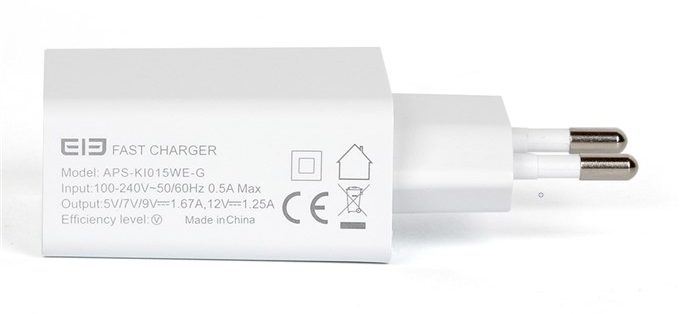 MediaTek is another company that makes processors for mobile phones. Like Qualcomm, MediaTek-powered phones are bundled with the company’s Pump Express charging technology.
MediaTek is another company that makes processors for mobile phones. Like Qualcomm, MediaTek-powered phones are bundled with the company’s Pump Express charging technology.
The latest Pump Express 4.0 supports up to 5A of current over USB Type C interface. It is fully compatible with USB Power Delivery 3.0 and offers good efficiency and heat management. However, it isn’t as fast as other standards.
| Max Voltage | Max Current | Max Power | |
| Pump Express 2.0 | 5V | 3A | 15W |
| Pump Express 3.0 | 3-6V | 5A+ | 30W |
| Pump Express 4.0 | 3-6V | 5A+ | 30W |
Charging Speed: Up to 70% in 20 minutes (PE 3.0, 4.0)
Supported Phones: Redmi Note 8 Pro (also supports QC 4.0+, PD 3.0) and more.
Samsung’s Adaptive & Super Fast Charging
Samsung has been using its own Adaptive fast charging solution based on QuickCharge 2.0 in Galaxy-series. However, the mere 15W technology got far behind the standards used by Chinese companies.
Finally, Samsung moved on to Super Fast Charging with Note 10 and S20-lineup. This technology delivers 25W of power over Power Delivery and PPS. Nevertheless, Samsung does sell a 45W adapter, which works particularly with S20 Ultra and Note 10 Plus.
What is PPS? PPS or Programmable Power Supply is a new addition to PD 3.0 that allows the charger to input variable voltage instead of typical fixed levels of 5V, 9V, 15V, and more.
| Max Voltage | Max Current | Max Power | |
| Adaptive Fast Charging | 5V/ 9V | 1.67/2A | 15W |
| Super Fast Charging 25W | 3.3-11V dynamic | 2.25- 3A | 25W |
| Super Fast Charging 45W | 3.3-21V dynamic | 2.1- 3A | 45W |
Charging Speed: 0-100% in 57 mins on 45W, 65 mins on 25W (SFC)
Supported Phones: All Samsung phones (marketed with fast charging) support 15W Adaptive Charging, including Galaxy Note 9-series and older, S10-series and older, Galaxy Z Flip, and Galaxy Fold. It is followed by Galaxy M31, M30, M21, M11, Galaxy A31, A51, A71, A51, A70s, A50s, A30s, A20s, A80, etc.
The new Super Fast Charging is supported on Samsung Galaxy S10 5G, S20, and Note 10-series.
Oppo VOOC Flash Charge
The Chinese smartphone maker Oppo uses propriety charging technology dubbed as VOOC (Voice Open Loop Multistep Constant-Current Charging) on its smartphones.
While QuickCharge focuses on high voltage, VOOC uses high amperage to speed up charging. Oppo’s former sub-brand Realme, too, uses VOOC charging standard.
| Max Voltage | Max Current | Max Power | |
| VOOC 3.0 | 5V | 5A | 25W |
| VOOC 4.0 | 5V | 6A | 30W |
| SuperVOOC | 10V | 5A | 50W |
| SuperVOOC 2.0 | 10V | 6.5A | 65W |
Charging Speed: 100% in 30 minutes (SuperVOOC 2.0)
Supported Phones: All compatible phones from Oppo and Realme.
OnePlus Warp Charge & Dash Charge
Like Realme, OnePlus is a subsidiary of Oppo. And unsurprisingly, the brand uses Oppo’s R&D and manufacturing facilities.
OnePlus’s famous Dash Charge was a rebranded version of Oppo’s VOOC technology. Whereas, the new Warp Charge 30, being used on the latest OnePlus 8-series, is based on the Super VOOC charging standard.
| Max Voltage | Max Current | Max Power | |
| Dash Charge | 5V | 5A | 25W |
| Warp Charge 30 | 5V | 6A | 30W |
Charging Speed: 50% in 20 minutes, 90% in about an hour (WarpCharge 30)
Supported Phones: All OnePlus phones, including OnePlus 3, 5, and 6-series. Starting from the 6T McLaren Edition, OnePlus switched over to Warp Charge 30.
Motorola TurboPower Charging
Just like Samsung’s Adaptive Charging, Motorola TurboPower is based on Qualcomm Quick Charge. The chargers come in different variations and types based on what your phone is compatible with.
The basic TurboPower 15 charging is supported on most mid-range phones by the company. Whereas, the top-tier TurboPower 45 serves the Motorola One Hyper and is cross-compatible with QC 4+ and Power Delivery.
| Max Voltage | Max Current | Max Power | |
| Turbo Power 15 (QC2) | 12V | 1.67A | 15W |
| Turbo Power 18 (QC3) | 12V | 3.1A | 18W |
| Turbo Power 30 (QC3, PD) | 5V | 5.7A | 28.5W |
| Turbo Power 27 (QC4+, PD) | 5 or 9 or 15V | 1.8 or 3A | 27W |
| Turbo Power 45 (QC4+, PD) | 5 or 9 or 15 or 20V | 2.25 or 4A | 45W |
Charging Speed: 12 hours of battery in 10 minutes (TurboPower 45)
Supported Phones: Motorola phones and all QuickCharge compatible handsets. Chargers with Power Delivery also support other devices.
Huawei SuperCharge
Back in 2018, Huawei astonished everyone by introducing its proprietary 40W SuperCharge technology. Since then, the brand has continued with the same protocol for all its flagship smartphones.
For other devices, the company bundles the toned-down 22.5W and 18W standards. Its sub-brand Honor, too, uses the same technology.
| Max Voltage | Max Current | Max Power | |
| Quick Charge | 5/ 9V | 2A | 18W |
| SuperCharge | 4.5V | 5A | 22.5W |
| SuperCharge 2.0 | 10V | 4A | 40W |
Charging Speed: 0-70% in 30 minutes (SuperCharge 2.0)
Supported Phones: All Huawei phones with Kirin 980 and Kirin 990 support SuperCharge 2.0, except for the regular P40. The Huawei P40, along with older flagships like P20 Pro and Mate 10, use 22.5W charging.
Note: Charging Speed here refers to the average figures or the charging times claimed by the respective manufacturers for their fastest standards.
Upcoming 100W+ Fast Charging Technologies
Last year, Xiaomi announced 100W Super Charging that can fully charge a 4,000mAh battery in 17 minutes. It has now reportedly entered the mass manufacturing stage.
A few days back, Oppo showcased its 125W FlashCharge technology that can fully charge a phone under 13 minutes in ideal situations. Realme will be rebranding the same under 125W UltraDart moniker. Vivo’s sub-brand iQOO, too, has unveiled 120W Ultra-Fast charging technology. It is said to charge a 4,000mAh battery in 15 minutes.
In other reports, leakster @StationChat has claimed the addition of 100W fast charging with the upcoming Snapdragon 875. Hence, we expect to see several smartphones with support for 100W+ charging in the coming time.
Wrapping Up
So, these were some of the common types of fast charging technologies used currently by major smartphone companies. Anyway, what charging type does your phone support? Do let us know in the comments below. Feel free to reach out for any doubts or queries.
Also, read- Ways to Fix Slow Charging on Android

